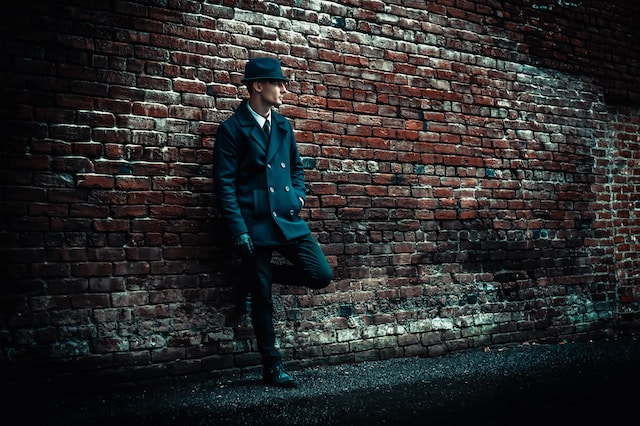Ways to Choose the Right Concealed Carry Jacket

The ideal concealed carry jacket will comfortably accommodate your firearm, eliminate printing (showing the outline of your gun through the outer fabric), and look like regular clothing. It should also resist moisture and keep you warm.
Adding extra canvas and lining to the bottom of the jacket increases stiffness, reducing the “print.” A textured fabric such as herringbone, birdseye, or rough tweed can help conceal your gun’s bulges, too.
Comfort
A concealed carry jacket should be comfortable for daily use and when drawing a firearm during an emergency. Ideally, the jacket will have large holster pockets for a handgun and backup mags and additional storage space for other gear like keys, wallets, pens, and other miscellaneous bibs and bobs. In addition, it should have adjustable cuffs to keep your sleeves from interfering with a concealed carry draw.
A concealment jacket should also be breathable so you don’t get overheated or sweaty while carrying your gun. Finally, the jacket should look professional enough to be worn in uniform with other officers.
A concealed carry jacket that looks too bulky or awkward may draw attention to itself and draw unwelcome attention from bystanders. The best concealed carry jackets will be lightweight and fit you comfortably without snagging on accessories or getting caught on your holster. They should also be durable enough to withstand regular wear and abuse and moisture-resistant, such as having a waterproof coating that repels rain instead of soaking into the fabric.
Style
A concealed carry jacket should be able to comfortably accommodate your gun and eliminate printing (showing the outline of the weapon through the fabric of the jacket). It should also look like regular clothing. A jacket that is too tight can impede access to your weapon and may make it hard to move or breathe.
The best concealed carry jackets are made from breathable fabrics that resist moisture and keep you warm. They are designed to look and feel like regular clothing while also providing key concealed carry features such as ambidextrous holster pockets that can support the weight of your handgun and backup magazines, plus keys, wallets, passports, maps, and other items you need on a day-to-day basis.
The jackets should have adjustable cuffs to ensure the sleeves don’t interfere with a concealed draw. They should also have side zippers for lightning-fast access to your gun in an emergency or survival situation.
Functionality
A concealed carry jacket must offer the right functionality to be worth your money. This includes being comfortable enough to wear all day, fitting well, and being compatible with your firearm. It also needs to resist the elements and have plenty of pockets for carrying essential items like keys, phones, wallets, gun cleaning kits, and more.
Look for a jacket with ambidextrous pocket holsters and large pockets to accommodate your handgun, spare magazines, and other gear. It should fit loosely enough that you can access your sidearm easily and quickly but not so loose that it looks clunky or sags.
Premium fabrics like herringbone, birdseye, and rough tweed help break up lines that could highlight bulges and minimize printing. Look for jackets that also have a stiffener in the lining to support the weight of your weapon and prevent ripping. A hood also helps reduce print and provides extra coverage in harsh weather conditions.
Concealment
When looking for a concealed carry jacket, you want one that is not only comfortable but that covers your weapon well. Look for a jacket with internal holster pockets large enough to accommodate most weapons. This is particularly important if you intend to wear a shoulder holster, which will be exposed if the pockets are too small. Look for a jacket with snaps instead of zippers, as they open more quickly and can help you draw your firearm quicker in a stressful situation.
Also, consider whether the jacket fits you well. A jacket that is too tight can impede your ability to access your gun and may cause printing (showing the outline of the gun through the fabric). Finally, look for a concealed carry jacket suitable for your climate and season. For example, a jacket designed to withstand harsh winter weather is often made with heavy materials that can impede your mobility and prevent you from comfortably drawing your gun in cold conditions.



